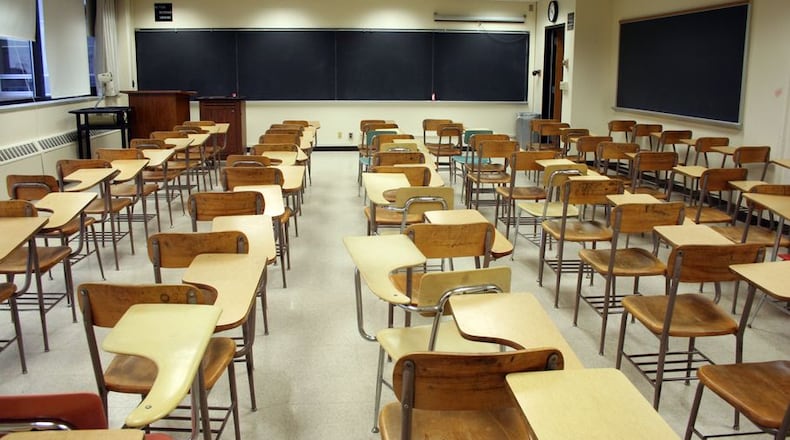Educators have long understood poverty influences whether a student succeeds. What they are discovering is persistent poverty has an even greater influence.
Typically, we've looked at free and reduced lunch rates in public schools and compared systems with similar numbers of children getting subsidized lunches. The FRL rates became the proxy for poverty. And we’ve dutifully pointed out when districts, including Atlanta Public Schools, lagged districts with comparable FRL rates.
But those FRL rates only told us how many students met the qualifying threshold. The rates did not reveal the depth or duration of the student's poverty.
So, while Atlanta underperformed, was the poverty in APS schools deeper and more persistent? (We will hopefully be able to better discern poverty levels now that there's a move away from relying on imprecise FRL rates.)
Over the last few years, policy discussions about poverty in schools have become more nuanced. Is the poverty multi-generational? Are the children coming from homes with low-income or no income? Is the poverty reflective of temporary setbacks? Or, has it been the child's lifelong condition?
We need to start acknowledging that the systems educating the poorest of the poor face greater challenges.
Atlanta Public Schools Superintendent Meria Carstarphen noted her lowest-performing schools educate children from homes with intergenerational poverty where no one in the household has acquired the life skills necessary to thrive. She cited a mother who told her after a presentation that she didn’t comprehend anything being said about her child or the school-- the handouts, the PowerPoint or Carstarphen's comments.
Carstarphen realized APS was not communicating well with such parents, saying, “There are generations of adults who have children in our schools, and they don’t know what we are doing. They try to show up. They raise their hands. The fact is people can’t communicate; they do not have the physical words in their mouths because the brain can’t create them. Generations of families don’t even have the vocabulary to explain what they are concerned about, much less read my overly wordy PowerPoint slides.”
Research shows the achievement gap widens when you zoom in on persistently disadvantaged kids. Susan Dynarski, a professor of education, public policy and economics at the University of Michigan, wrote this week in The New York Times about her study:
The math scores of these poorest children are far lower than predicted by the standard measure of economic disadvantage. The achievement gap between persistently disadvantaged children and those who were never disadvantaged is about a third larger than the gap that is typically measured.
The actual study by Dynarksi and Katherine Michelmore of the University of Michigan concludes:
Efforts to close income-based gaps in achievement should focus on the subset of low-income students that are persistently poor. These students tend to become eligible for subsidized school meals early in childhood, often by the time they enter 1st grade, and are likely to remain eligible throughout grade school. Those who first become poor by the time they enter kindergarten are least likely to escape poverty compared to their counterparts who become poor in later grades. They likely face a whole host of other issues such as unstable housing, family instability, and parental job loss. They also score significantly lower on standardized tests than both their counterparts who were never poor as well as their peers who were transitorily poor throughout grade school. Previous research linking test scores to adult outcomes suggests that these children are also less likely to attend college and earn lower wages in adulthood (Chetty et al 2011), which could have important implications for the intergenerational transmission of poverty and income inequality for years to come.
About the Author
Keep Reading
The Latest
Featured




